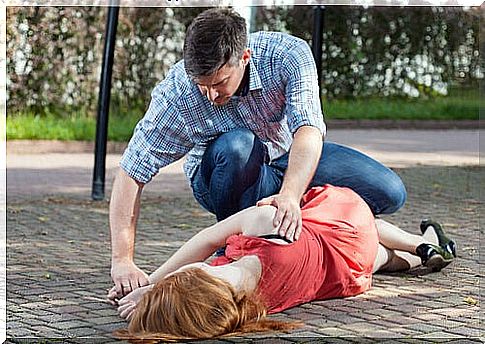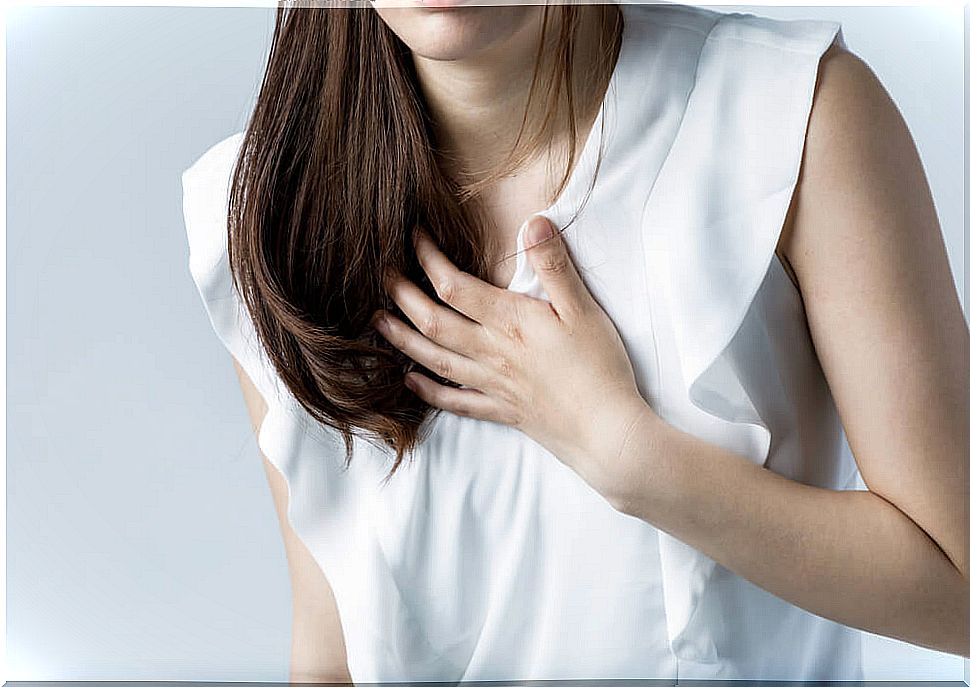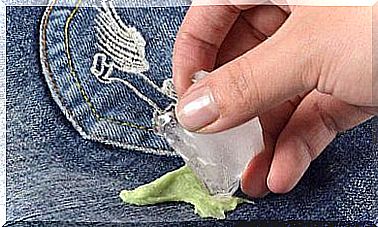Why Does Lipothymia Occur?
The reasons behind why lipothymia occurs are mostly explicable. Some causes are more frequent and everyday, while others refer to problems in vital organs such as the heart.
We start from the fact that a lipothymia is an event that many of us have gone through at some point. Or, at least, we know close people who have passed out and we have found out, or have witnessed it.
Lipothymia is a word derived from the Greek language. It is made up of two parts: leipo which means to leave , and scams which means meaning . The expression refers to a loss of consciousness, that is, a fading.
For medicine, the clinical picture is referred to when there is a brief loss of consciousness resulting from less blood flow to the brain. This minor momentary irrigation can respond to various causes.
The loss of consciousness of fainting is accompanied by a loss of muscle tone, which is both a symptom and a defense mechanism. The loss of tone leads to fainting and falling, which causes the brain to remain on the same level as the rest of the body, favoring its irrigation.
By falling, the human body makes sure that the heart needs less pressure to get blood to the brain. For this reason, lipothymia resolves automatically in almost all cases and does so immediately.
We are going to investigate the root causes, but we must know that there are people more likely than others to suffer from these blackouts. The elderly, those who use antihypertensive drugs, and heart patients have risk factors.
Symptoms of lipothymia
When the picture of fainting occurs, the signs that we quickly identify as fainting appear. In general, there are signs before the fainting itself, and then the fall. Among the previous symptoms we have:
- Lack of strength: by the loss of muscle tone that is progressive.
- Paleness: especially on the face, since there is less blood flow to the brain, the vascularization of the skin of the face also suffers. It is the color that recovers in a short time after the fall.
- Sweating: there is usually a cold sweat that anticipates fainting. This is from a chain reaction of the body trying to raise blood pressure as a last resort. Activation of peripheral nerves to prevent fainting brings sweat together.
Once the production of fainting is unstoppable, fainting and falling occurs. There, the main symptom is the loss of consciousness, the momentary disconnection with reality.
The fall can appear as a secondary sign a traumatic injury from the blow that is succinct. These blows are dangerous in elderly individuals who can even fracture large bones such as the femur, hip or radius and ulna.

Causes of lipothymia production
Generally speaking, lipothymia has a cardiac origin in a small proportion. That’s a good thing, as we assume that most cases will be benign, stemming from other, less worrisome causes. As general causes of lipothymia we have:
- Stress: states of anxiety, fear and anguish can lead to psychogenic fainting.
- Extreme heat: when the body enters a process of heat dehydration, its blood pressure decreases and that affects brain irrigation.
- Pain: the human body, when going through intense pain, can faint as a defense mechanism to disconnect the brain from pain. Also, persistent and powerful pain is capable of leading to hypotension as well.
On the other hand, as more specific causes of lipothymia we will mention:
- Arrhythmias – Abnormal heartbeat is the cause of fainting. This would fall into the category of malignant syncope.
- Anemia: states of severe anemia, with low hemoglobin concentration, alter blood circulation and cerebral oxygen supply.
- Hypoglycemia: in poorly treated or decompensated diabetics, or in people who have fasted for many hours, there may be a drop in blood sugar concentration. This hypoglycemia leads to fainting.

What to do in the event of a blackout?
Having clarified that it is a frequent situation, we must be ready to act when we witness a lipothymia. We will not reach the diagnosis at that time, but we can give a hand to those who need it.
The first thing before a fainted is to check that he breathes and that he has a pulse. If it is a lipothymia, you will immediately regain some consciousness and contact with the outside.
Once conscious, it will be necessary to place it horizontally on its back and raise its lower limbs. This will speed up the flow of blood to the brain, reversing the symptoms of fainting. It is also helpful to provide warmth with a coat if your skin feels cold. In this way, circulation is also improved.
It would be contraindicated to offer him food or drink instantly. It is preferable to wait for him to recover more, to be able to sit up, and to deliberately accept something to eat.
If the lipothymia lasted a long time, it is a repetitive event, or the person has a cardiac history, a medical consultation is essential. It may have been a banal fainting, but risk pathologies must be ruled out.








